Perk Up with 6 Tasteful Malaysian Drinks
Lighten your mood and rejuvenate your senses with 6 must-try Malaysian drinks!
Discover the authentic in Asian cuisine food
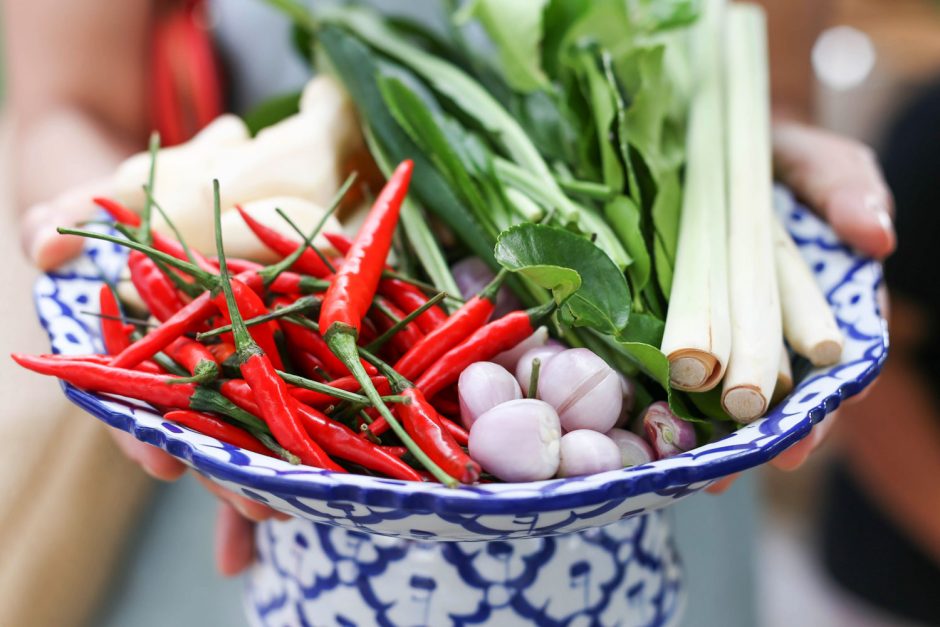
Thai food is all about balance—the perfect blend of sour, spicy, sweet, bitter and salty. Once you round up these 9 essential Thai ingredients, you’re sure to floor your guests with some authentic Thai cooking.
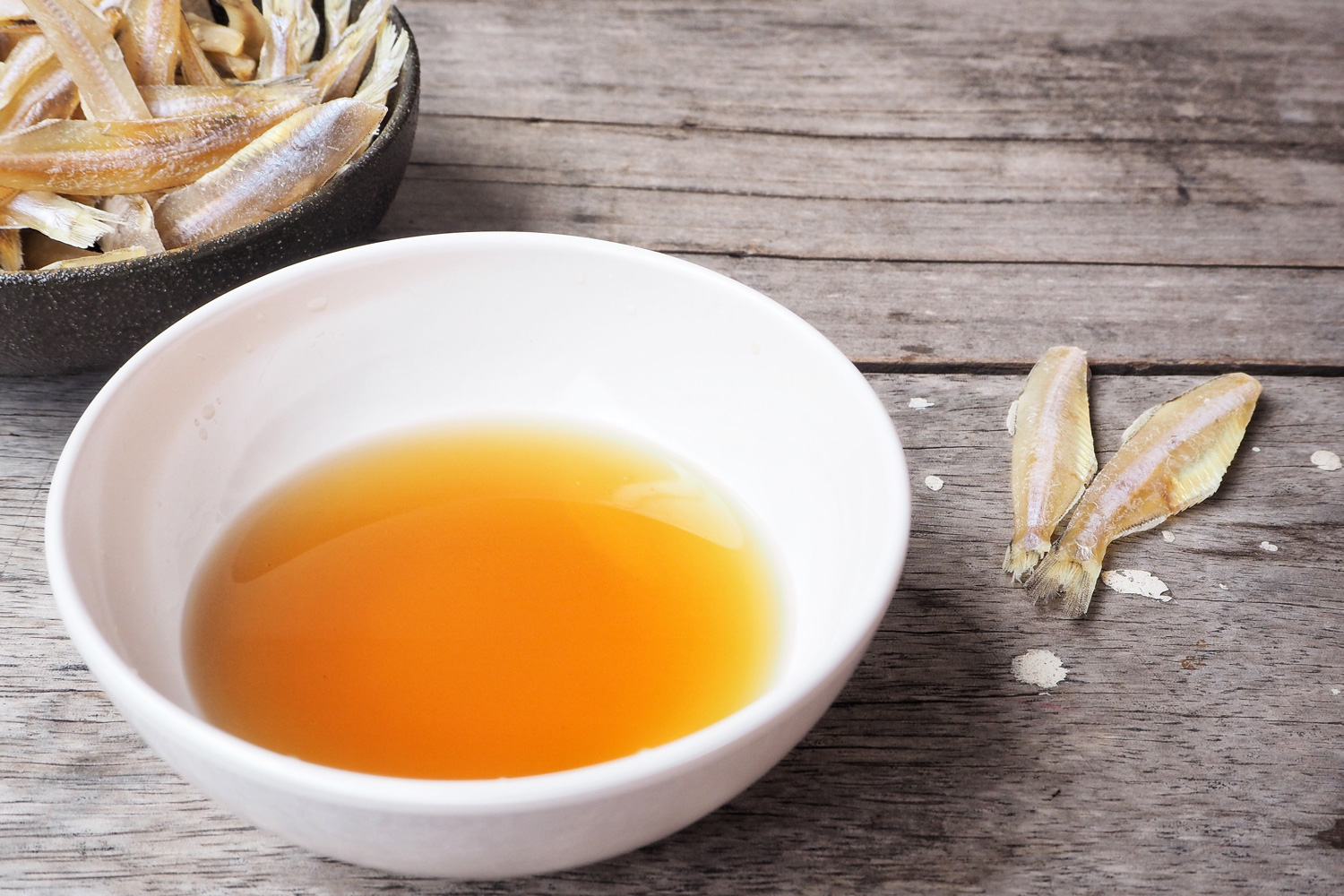
Nam pla (as it’s called in Thai) is a pungent seasoning made by fermenting fish with salt. Use it with care—similar to how you would use salt or soy sauce—as too much may render your dish inedible. The umami element that fish sauce adds to a dish is pretty next level. You could also try using a Thai shrimp paste if you’re feeling really adventurous. Check out this Thai recipe for a refreshing Som Tum (Green Papaya Salad).
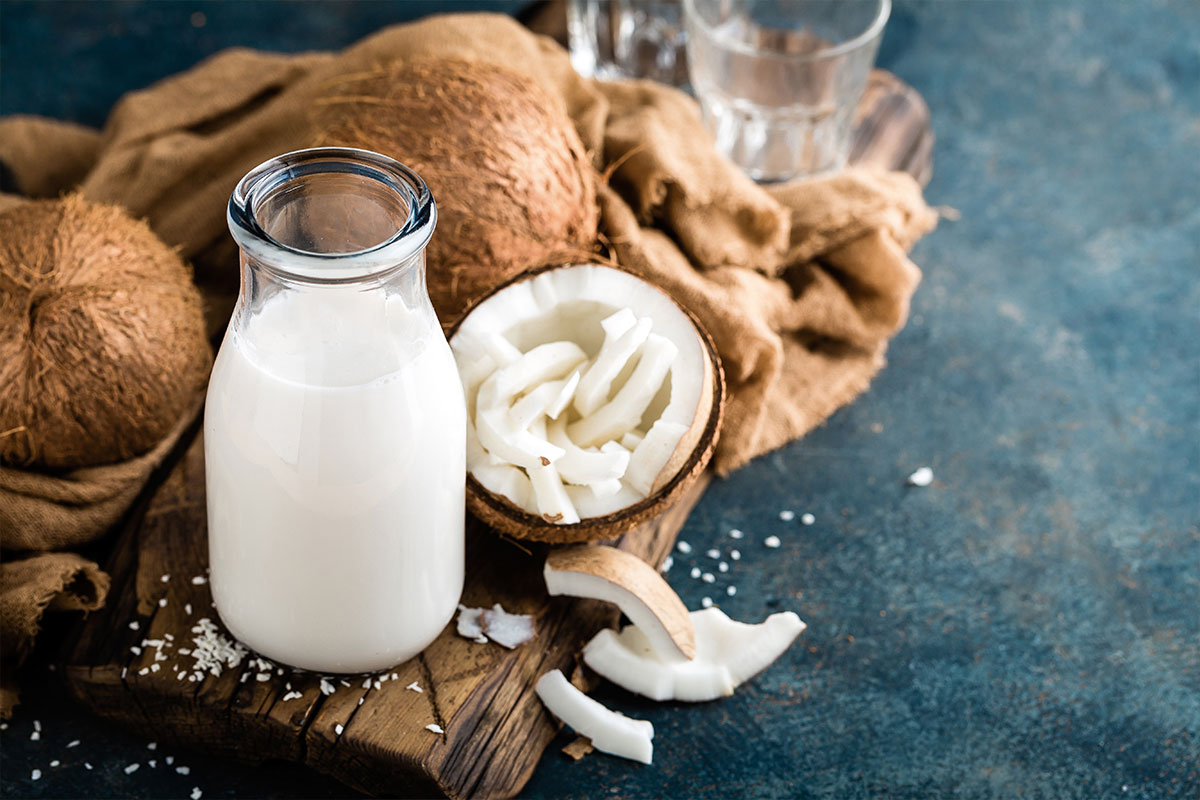
No Thai kitchen is complete without coconut milk. Although readily available in cans, you can easily make homemade coconut milk in your own kitchen. Coconut milk is present in just about any Thai dessert, and its savoury applications range from Thai curries to Thai coconut soups. Super handy to stock up a few cans in your pantry if you cook up Thai food on the regular. Mango Sticky Rice is one of our favourite Thai desserts. Get the recipe!
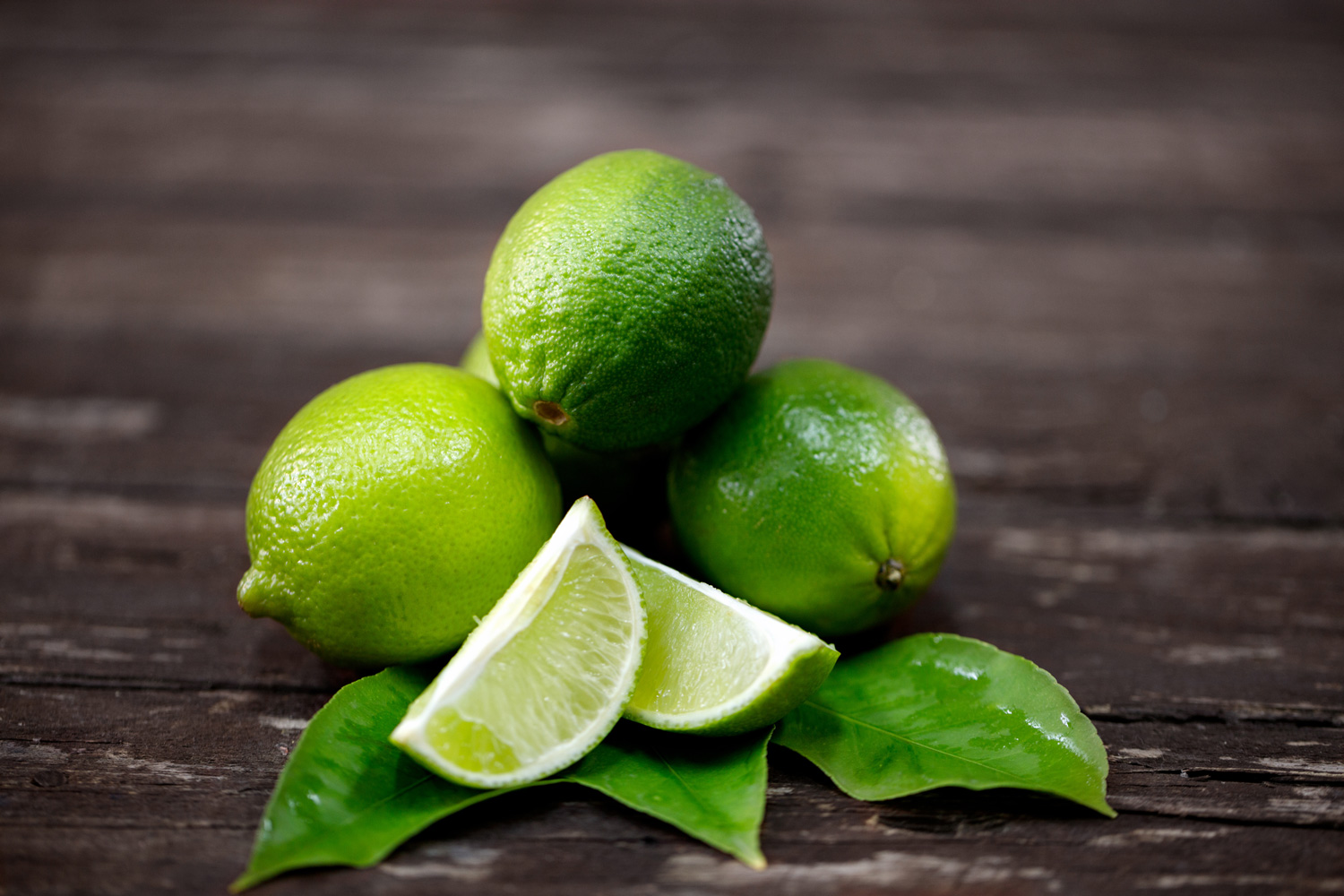
Sourness is one of the cornerstones of Thai food, so it should come to no surprise that lime has made it onto this countdown of essential Thai ingredients. Whether it’s used to add some zing to a Thai salad, or squeezed over a dish for some acidity, this punch citrus fruit is a must-have when cooking Thai. Kaffir lime is also a staple, with its leaves and zest featuring in many Thai recipes. Lime is one of the key ingredients in our Thai recipe for Larb Gai!
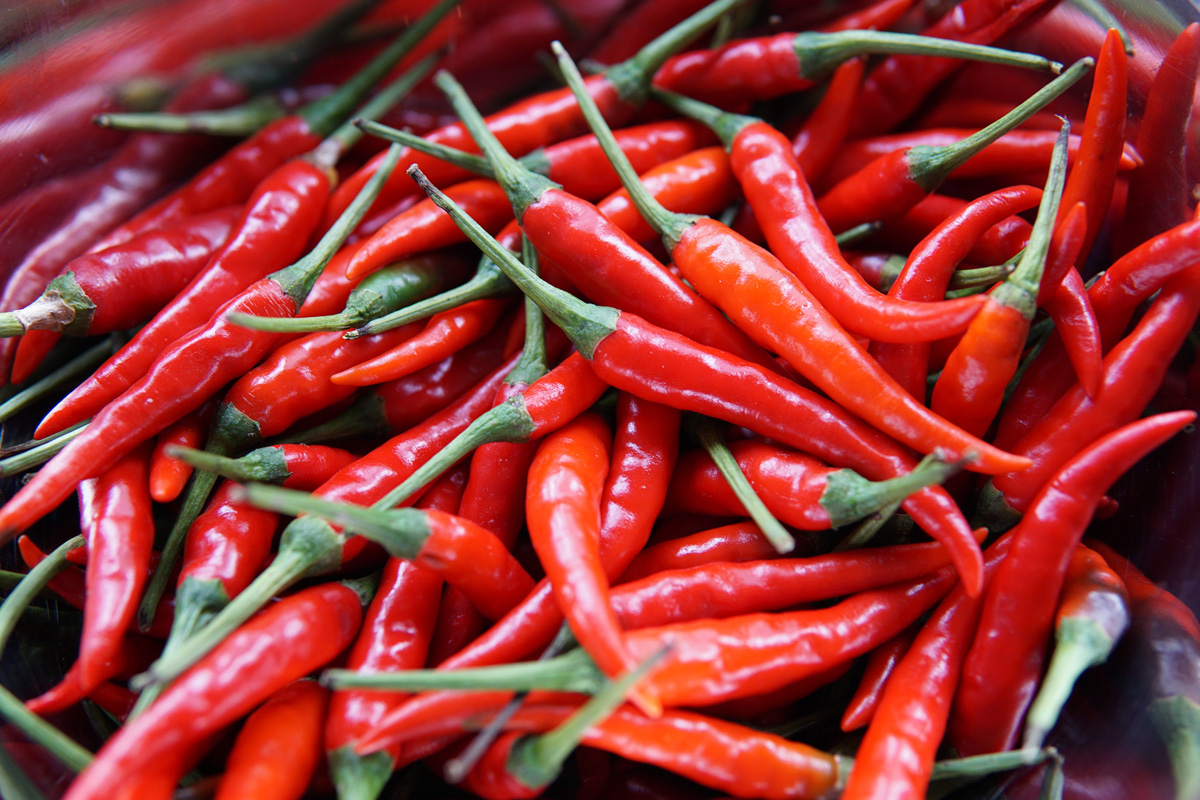
Traditional Thai cooking calls for a whole range of fresh herbs and spices, from ginger to galangal, and Thai basil to turmeric. However, none is more prominent than the fiery chilli, featuring in just about any Thai dish in its various forms—dried, fresh, pickled, and so forth. While many get a kick out of the heat that chillies bring to a dish, you can scrape out the seeds for a milder approach to Thai food. Bring the heat with our Pad Thai recipe.
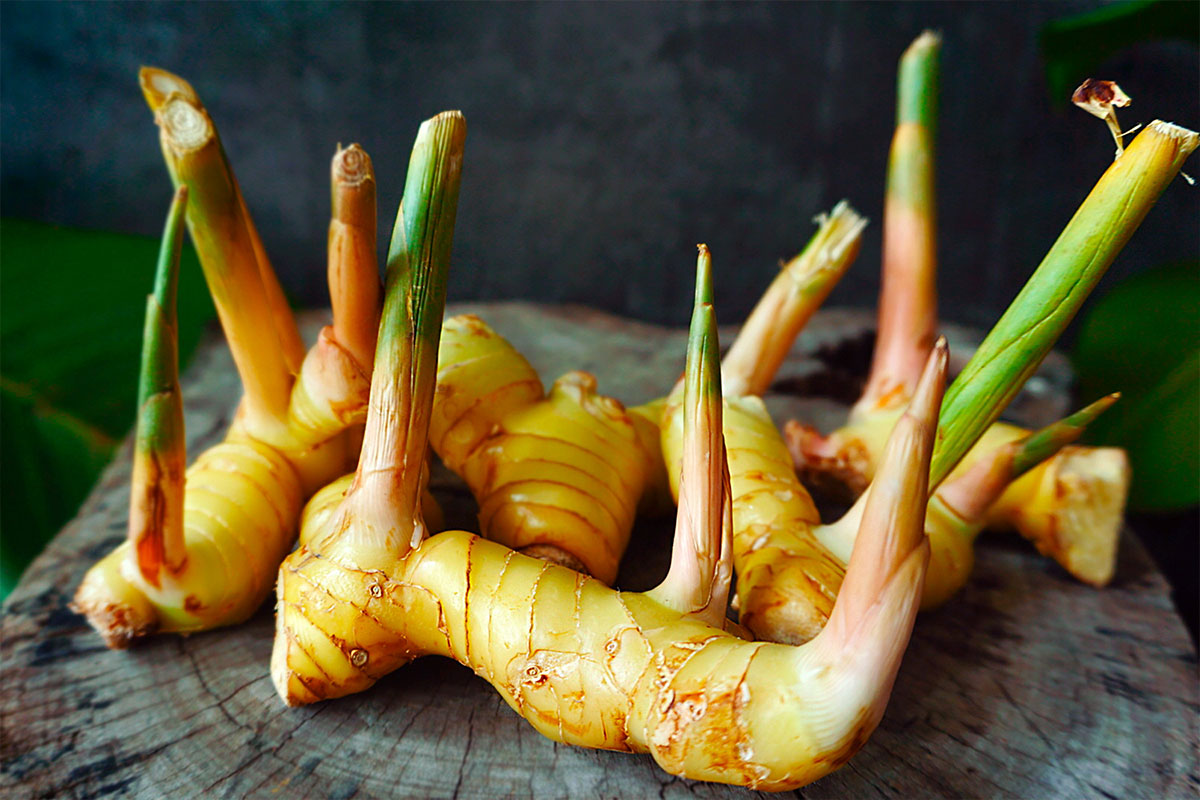
A member of the ginger family, galangal has a rich aromatic, tangy flavour. It is used widely in Thai curries and seafood dishes. You can store it by wrapping it and freezing it in the refrigerator. Try this delicious Thai recipe for Tom Yum Fried Rice for dinner.
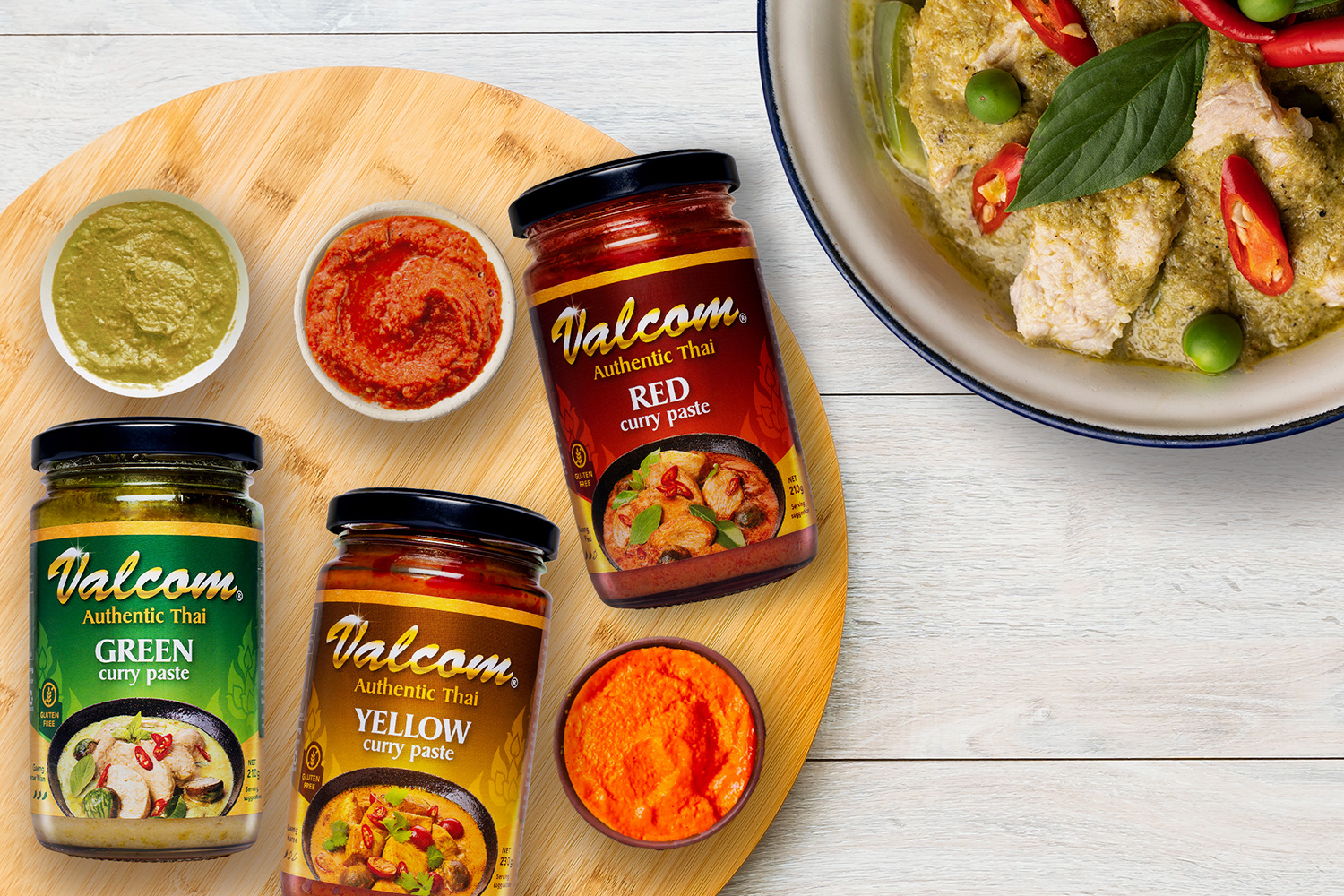
There is a whole rainbow of Thai curries out there. It’s super easy to whip up your own Thai curry pastes—check out our how to guide, then try out a few of our recipes. However, there’s no shame in buying some premade Thai curry pastes (we do it too!). Valcom curry pastes are a great product to have on hand for cooking up a quick midweek meal, or for adding a fantastic flavour bomb to your Thai dish. Try out our quick and easy recipes using Valcom premade pastes.

Like all around Asia, rice is the staple grain of Thai cooking. Fragrant jasmine rice is probably the most common variety, making it the perfect partner for many Thai dishes. However, sticky rice is gaining a name for itself as regional Thai cuisines are becoming more popular in Australia. Ground toasted rice is also a common ingredient you’ll see in Thai recipes, while rice is also made into different types of Thai noodles. Check out our take on the delicious Thai Pineapple Fried Rice.
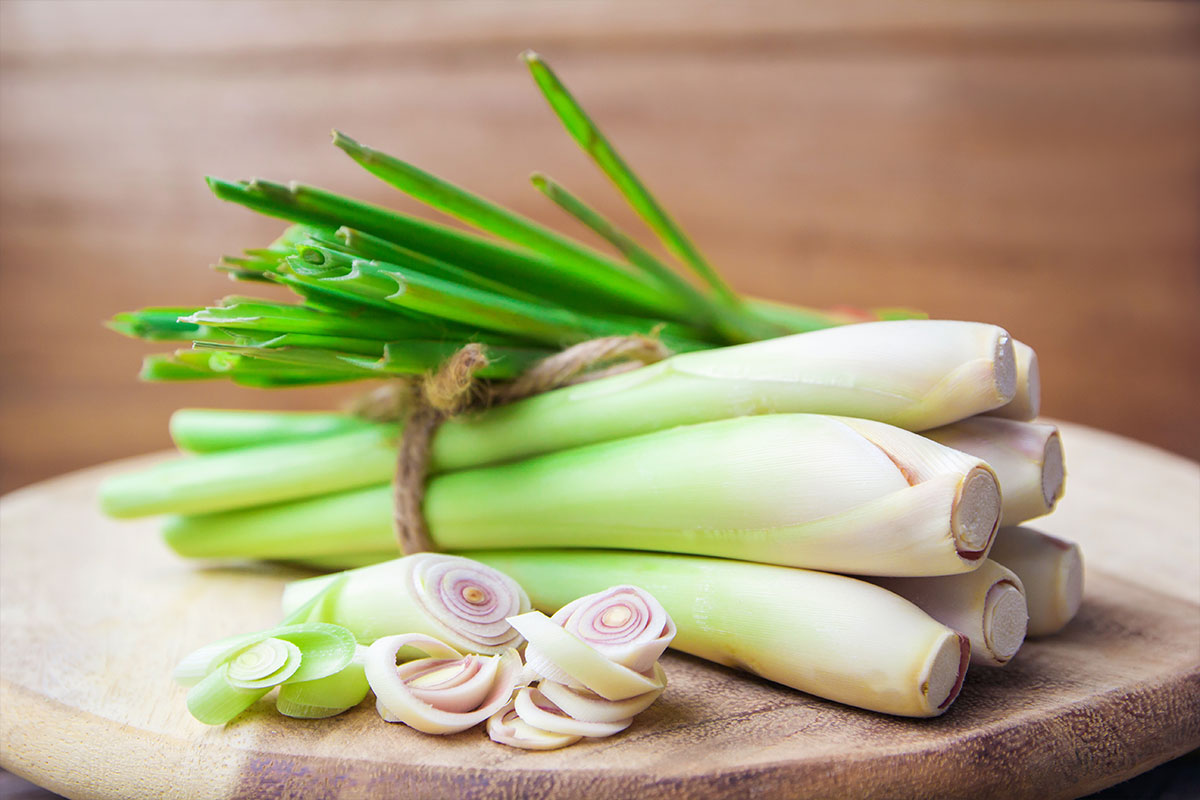
Lemongrass is used to add a citrusy zing and aroma to Thai food, without being too overly sour. To use it, simply remove the thinner green part from the white, bulbous end, and cut off the root. Remove the tough outer layers, then finely chop up the inner. You’ll be able to find pre-prepared lemongrass jarred or in the frozen section if you’re looking to save time in the kitchen. Winner, winner, chicken dinner! Check out our Thai recipe for Fried Chicken with Lemongrass.

Kaffir limes are indispensable in Thai cooking. The most accessible in Australia are kaffir lime leaves, but you might be able to find the whole fruit in Thai groceries. They add a lovely citrus element to your dish, with a beautiful, tropical aroma. You can either leave them whole if you’re cooking them in a soup or curry, but you’ll need to remove the spine of the leaves when eating them raw or using them for a paste. Kaffir lime leaves are the star in our Thai Panang Chicken Curry recipe.
Want to learn how to use these ingredients to cook up iconic Thai dishes like Pad Thai, Green Curry and Tom Yum? Click here to get your FREE Taste of Thailand – Authentic Thai Recipes ecookbook now.

Lighten your mood and rejuvenate your senses with 6 must-try Malaysian drinks!

Pair your hearty barbecues with these refreshing Asian delights!

What are the properties of ginger, and how to pick, store and use ginger in your cooking? Find out here!